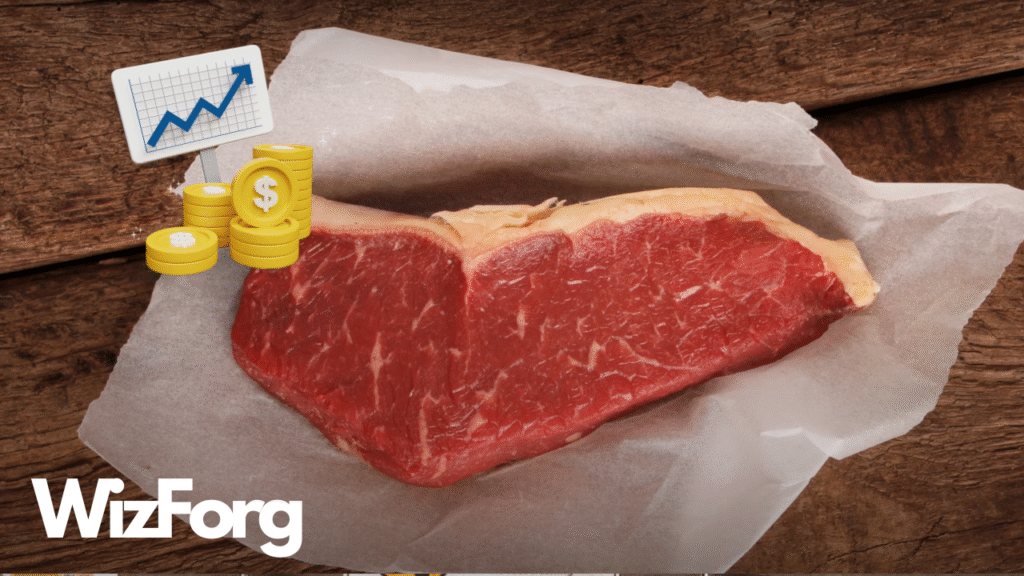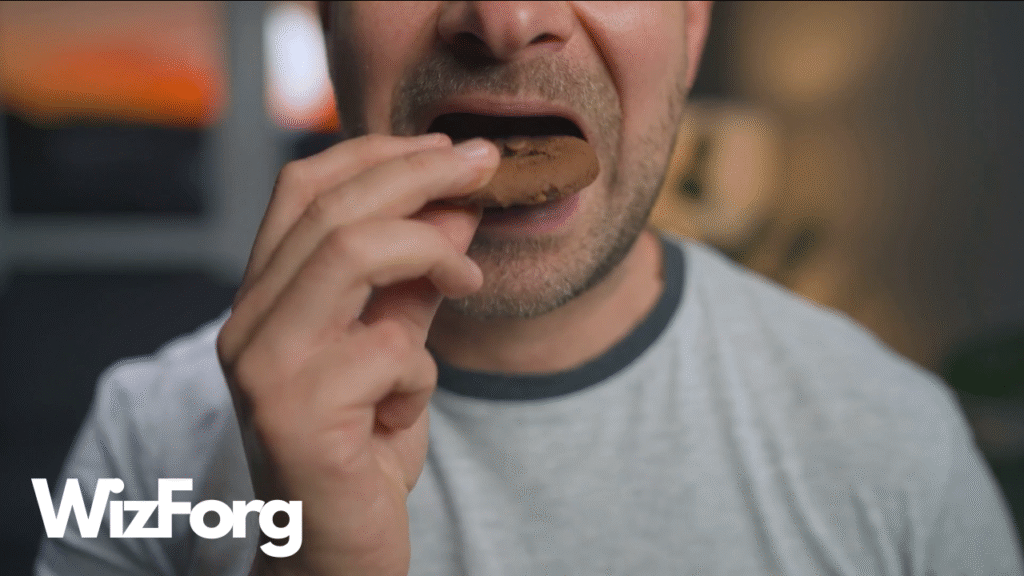Ever wonder why some steaks cost more than an entire dinner for four? Or why a single cow can sell for over a million dollars? The answer is Wagyu, Japan’s legendary beef, known for its intense marbling, melt-in-your-mouth texture, and sky-high prices. But there’s more to it than just hype. Here’s why real Wagyu beef is one of the world’s most luxurious (and expensive) meats, a rare and exclusive treat for those who appreciate the finest culinary experiences.
What Is Wagyu?
“Wagyu” means “Japanese cow.” But when it comes to beef, that term is far from generic. Wagyu refers specifically to four rare Japanese cattle breeds, including the world-famous Tajima strain used to produce Kobe beef. These breeds have been genetically selected for centuries for one specific trait: marbling. This rich history and cultural significance make Wagyu more than just a type of beef; it is a symbol of Japan’s culinary heritage.
Marbling is the fine, white web of fat that runs through Wagyu meat. It gives the beef its signature tenderness and rich, buttery flavor. Unlike regular beef, where fat is often on the outer edge, Wagyu fat is evenly dispersed inside the muscle. This unique structure is what gives it its delicate texture and luxurious taste.
In Japan, regions like Hyogo, Miyazaki, and Kagoshima are known for producing top-tier Wagyu. Each area has its own farming traditions, feeding techniques, and grading systems, making Wagyu not just a product but a cultural symbol.
Why Is Wagyu So Expensive?
Raising Wagyu is nothing like conventional beef farming. A typical beef cow takes about 18 months to reach market weight. A Wagyu cow? Three years. During those three years, the level of care was extraordinary.
Wagyu cattle are fed a controlled, premium diet that may include rice bran, barley, corn, and sometimes beer. The goal is to promote slow, steady weight gain that enhances marbling without adding stress. Stress toughens meat, so Wagyu farmers go out of their way to keep the cows calm. Some even brush the cattle daily to improve circulation and relax their muscles.
The costs add up fast: more land, higher-quality feed, specialized staff, and longer care timelines. It’s estimated that producing Wagyu can be three to five times more expensive than conventional beef.
Then comes the auction. In Japan, prized Wagyu cows with elite lineage can fetch anywhere from $30,000 to over a million. These aren’t just cattle. They are status symbols.
The Strict Japanese Grading System
Japan doesn’t just produce Wagyu. It protects its quality with a rigorous grading system. The Japan Meat Grading Association evaluates Wagyu beef using yield (A to C) and quality (1 to 5) scores. Only beef that achieves the highest possible score of A5 is considered the pinnacle of Wagyu.
But it goes even deeper. Within A5, marbling is scored on a scale from 1 to 12 using the Beef Marbling Standard (BMS). Only beef scoring a 12 is considered the absolute best, and very few cuts have achieved this.
Grading also includes criteria like fat color, meat color, texture, and firmness. Each aspect is evaluated with precision. This oversight ensures the finest beef earns the coveted “A5” label.
Limited Supply Meets Global Demand
There is a limited supply of authentic Japanese Wagyu. To protect the breed’s integrity, Japan restricts exports of purebred Wagyu cattle and their genetic material. True Wagyu must be bred and raised in Japan under very specific conditions.
You’ll find “Wagyu-style” beef outside of Japan, including American Wagyu or Australian Wagyu. While these are still high-quality, they often come from crossbreeds and do not meet the same standards as the Japanese original.
At the same time, demand for Wagyu has exploded. High-end chefs, luxury restaurants, and worldwide food lovers are eager to serve and eat the best beef. Long waitlists, tasting menus, and exclusive import licenses have turned Wagyu into a luxury experience, much like rare wines or limited-edition watches.
It’s More Than Just Meat
Wagyu is not just about taste. It’s about legacy, culture, and craftsmanship. The meticulous care involved in raising Wagyu reflects generations of expertise and dedication. Eating it is not just a meal: it’s an event, a celebration of the artistry and skill that goes into creating this culinary masterpiece.
When you see the price tag on that Wagyu steak, you’re paying for more than protein. You’re paying for time, effort, precision, and a piece of culinary history.
Final Thoughts
So, why does Wagyu beef cost so much? Because it’s not just meat. It’s a carefully raised, highly regulated product from centuries of tradition. From genetics to diet to grading, every detail is controlled. That’s why a single bite of A5 Wagyu can feel like an unforgettable experience and why it continues to be one of the most sought-after foods in the world.
Love food history and rare culinary finds?
Watch more at WizForg on YouTube for deep dives into global food, luxury ingredients, and behind-the-scenes facts about the world’s most exclusive dishes.



